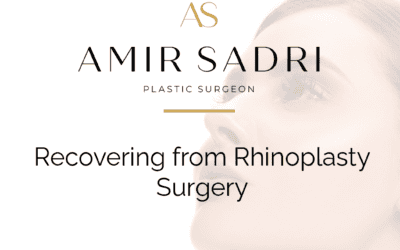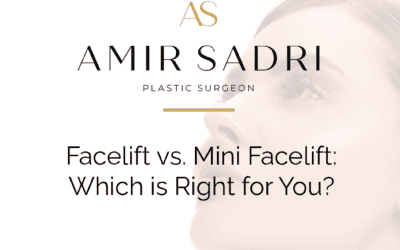Rhinoplasty, commonly referred to as a “nose job,” is a surgical procedure aimed at reshaping the nose to improve its appearance or function. This type of plastic surgery can address various aesthetic concerns, such as humps, indentations, or other imperfections of the nose. Additionally, rhinoplasty can correct structural issues that may cause breathing difficulties, often arising from a deviated septum or other congenital or acquired deformities.
The procedure can be performed using two primary techniques: open rhinoplasty and closed rhinoplasty. In open rhinoplasty, the surgeon makes an incision across the columella (the tissue between the nostrils) to lift the skin and provide better visibility of the nasal structures. This method is typically employed for more complex cases as it allows for greater precision. On the other hand, closed rhinoplasty involves incisions made within the nostrils, resulting in no visible scarring and a shorter recovery time. The choice of technique is determined based on the patient’s specific needs and the surgeon’s expertise.
Before undergoing rhinoplasty, a thorough consultation with a board-certified plastic surgeon is essential. During this consultation, the surgeon evaluates the patient’s nasal structure, discusses their goals, and explains the potential risks and benefits of the surgery. Advanced imaging techniques, such as 3D modeling, are often used to provide a visual representation of the expected outcomes. This collaborative approach ensures that the patient’s expectations are realistic and achievable.
The rhinoplasty procedure itself usually takes about one to two hours and is typically performed under general anesthesia or local anesthesia with sedation. Postoperative care is crucial for a successful recovery. Patients may experience swelling, bruising, and discomfort for the first few days following the surgery, but these symptoms generally subside within a couple of weeks. Most people can return to their normal activities within two weeks, though strenuous activities should be avoided for several weeks to ensure proper healing.
The results of rhinoplasty can be life-changing, boosting self-confidence and improving overall facial harmony. However, it is important to choose an experienced and skilled surgeon to achieve the best possible outcome. Like any surgical procedure, rhinoplasty carries some risks, including infection, bleeding, or an adverse reaction to anesthesia. Hence, thorough research and consultation are imperative to make an informed decision.
In summary, rhinoplasty is a versatile surgical procedure that can address both cosmetic and functional issues of the nose. Through careful planning and execution, it can significantly enhance a person’s appearance and quality of life.




